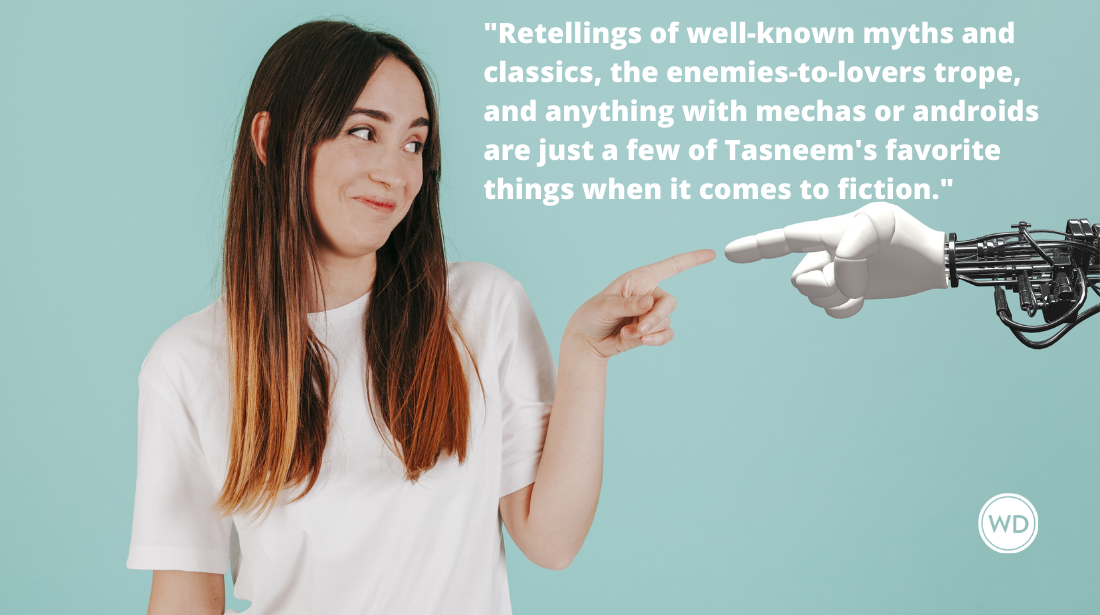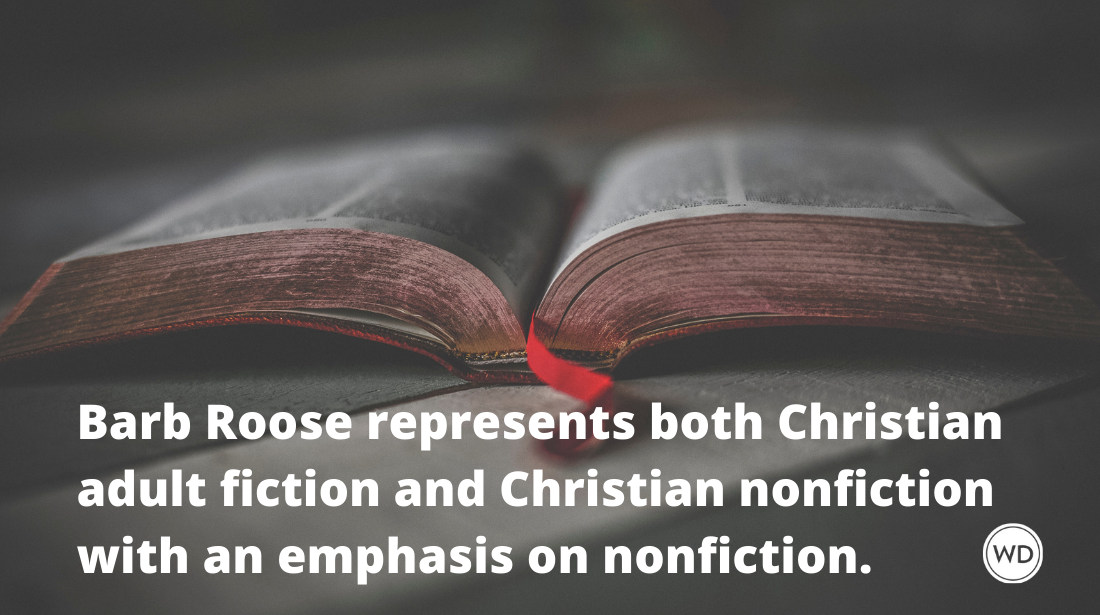The 2 Questions You’re Actually Asking When You Ask, “How Do I Write a Novel?”
When you ask, “How do I write a novel?” you’re really asking two questions: “How do I go from zero words to 100,000?” and “How do I write something worth reading?”
This post originally appeared on stephenspowers.com
When you ask, “How do I write a novel?” you’re really asking two questions: “How do I go from zero words to 100,000?” and “How do I write something worth reading?” Only by answering both these questions was I able to write THE DRAGON ROUND.
Order a copy of Stephen S. Power's The Dragon Round today.
The first I figured out by by accident. There’s a spinner rack with “take one, leave one” books in my local train station. One morning I scored the omnibus edition of WOOL by Hugh Howey. On the train I thought, “You know, for five books, it’s really not that thick.” So I divided the page count by 5, calculated the average words/page, multiplied the results, and discovered that each book had only 40,000 words.
It dawned on me—in New Jersey that means I said out loud, “Holy crap!”—that in today’s digital world, a novel doesn’t have to be 100,000 words. It could be far shorter, and who couldn’t bang out 40,000 words? You probably write that many words in memos and emails each month. Brandon Sanderson writes that many in 10 days. Patrick Rothfuss sneezes, and 40,000 words come out.
You don’t even have to write all 40,000 at once. I dawned on me also that, to use Hollywood terminology, you could write a 2500-word pitch that gave the novel’s broad outlines, then a 10,000-word treatment that laid out the acts and major actions, then a 20,000-word storyboard that went through the beats and emotions scene-by-scene, then a 40,000-word first draft. At each step after the first, you just have to write 2-4 words expanding on each one you’d already written. How hard could that be?
And this method solves the problem of how to actually go about writing the words.
Around the same time, I was reading Michael D. Sellers’s wonderful book about a terrible movie, JOHN CARTER AND THE GODS OF HOLLYWOOD. In it, director Andrew Stanton says that one reason his movie stunk was because he only got to make it twice: first when he originally shot it, then, sort of, with reshoots. At Pixar, though, they made every movie four times. The first version would be terrible; the second, better; the third, much better; and the fourth would be Finding Nemo, which only gets better with each viewing.
By writing progressively more detailed outlines, you’re essentially writing a novel four times. In addition, you’re free to play at each stage of refinement and, thus, never at risk of getting hung up on finding the best word or beat because you know everything will likely get changed later, especially when revising the full draft. As they say in Hollywood, you’ll be able to “fix it in post.”
Your full draft might go through four revisions itself, but revising is the fun part, like coming to the line after calling a play in the huddle. You know what you’re going to do. Now you can concentrate on doing it perfectly.
Of course, I have to point out my fundamental mistake. Long after I got the idea for the novel and started writing, I finally got around to reading WOOL. To my surprise, the first book is actually 16,000 words. The second book isn’t much longer. Oops. I could have written a novella instead and saved myself a year.
Nor did my word counts come out as planned. The pitch outline was 2500 words, but the others were 20,000, 70,000 and 105,000 words, respectively. The premise worked exactly as planned, though, and those counts are holding up for the the first two outlines of the sequel, THE DRAGON TOWER. It turns out that the storyboard outline is when all your ideas get thrown on the table and blown up, then they’re compressed, combined, or cut in the first draft. You might also add a character in the third outline who makes sense of it all.
So if you want to write a novel, start small and keep building until you’re done. However long it ends up, you’ll find a market for it.
Stephen S. Power is the author of novel THE DRAGONROUND (July 19, 2016, Simon and Schuster). His short work has recently appeared at AE, Daily Science Fiction and Flash Fiction Online, and he has stories forthcoming in Amazing Stories, Deep Magic and Lightspeed. He is also a Pushcart-nominated poet. He lives in Maplewood, New Jersey. Follow him on Twitter.







